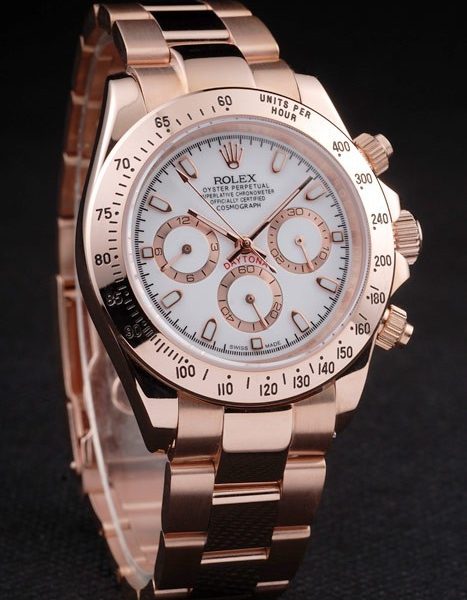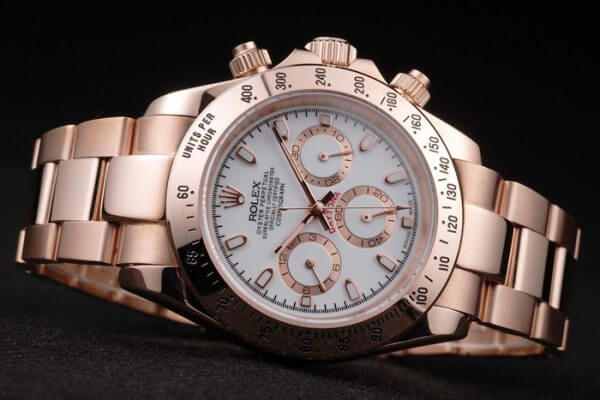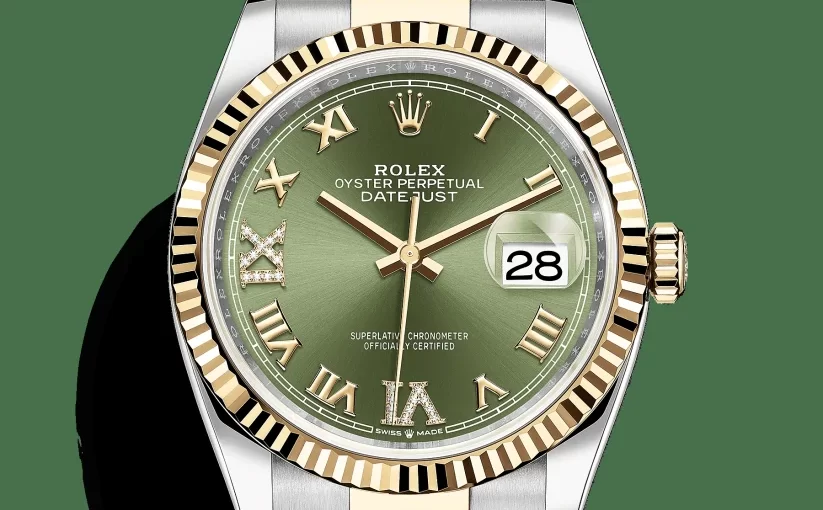Rolex, a name synonymous with luxury watches, often sparks debates online regarding its classification as a non-profit organization. Delving into its intricate structure, we uncover the complexities surrounding this topic and shed light on its implications for the company and its stakeholders.

At first glance, defining Rolex as a non-profit seems straightforward. However, the reality is far more nuanced. Cheap Rolex operates as a conglomerate comprising several interconnected entities, all ultimately overseen by Rolex S.A. These entities, in turn, hold stakes in one another, forming a complex corporate ecosystem. Crucially, Rolex S.A. is wholly owned by the Hans Wilsdorf Foundation, a charitable trust recognized by the Swiss government. This unique status exempts it from taxation under Swiss law, prompting some to label Rolex as a non-profit entity.
Founded by Hans Wilsdorf to honor his late wife, Florence May Wilsdorf-Crotty, the Foundation took control of Rolex upon his passing. Trustees appointed to manage the Foundation operate not as owners or shareholders but as custodians entrusted with preserving the company’s ethos. A key aspect of their stewardship involves allocating resources to various charitable endeavors, including initiatives such as The Rolex Institute, The Rolex Awards for Enterprise, and The clone Rolex Mentor and Protege Arts Initiative. These efforts extend globally, encompassing diverse sectors such as environmental conservation, scientific research, and the arts. 
Despite its philanthropic pursuits, Rolex remains a for-profit enterprise. However, its ownership by a non-profit entity blurs traditional distinctions between profit-driven and charitable organizations. The Foundation’s commitment to societal betterment underscores Rolex’s broader impact beyond the realm of luxury goods.
As we contemplate Rolex’s charitable contributions, it’s essential to clarify the concept of a non-profit organization. Unlike Rolex, non-profits prioritize societal benefit over profit generation, with earnings reinvested into their mission rather than distributed to stakeholders. While Rolex operates for profit, its alignment with charitable objectives distinguishes it from conventional commercial enterprises.
Rolex continues to thrive financially, with substantial revenues fueling its operations and philanthropic initiatives. The company’s enduring success hinges on its unwavering dedication to excellence, ensuring continued patronage from discerning customers worldwide.

Despite its financial prowess, replica Rolex maintains a veil of secrecy regarding its financial affairs, owing to its status as a charitable foundation. Speculation abounds regarding its financial reserves, prompting intrigue into its long-term sustainability. However, without concrete data, such conjecture remains speculative.
The classification of Rolex as a non-profit entity transcends simplistic labels, reflecting its multifaceted identity as a luxury brand and a vehicle for philanthropic endeavors. While its operational model diverges from traditional non-profits, its commitment to societal welfare underscores a broader vision beyond profit maximization. As Rolex continues to shape the horological landscape, its legacy extends far beyond the confines of timekeeping, embodying a harmonious fusion of commerce and compassion.
